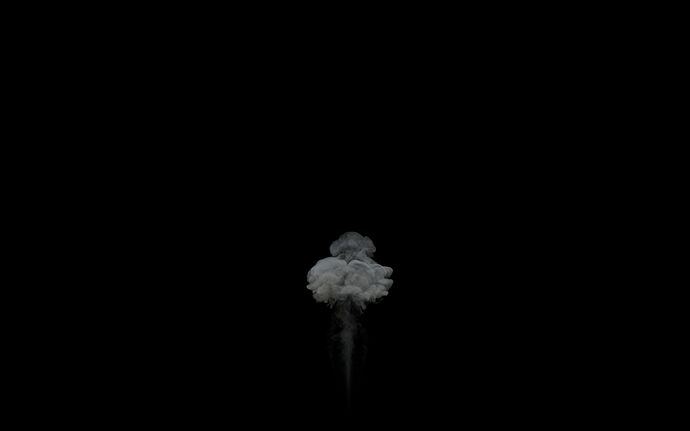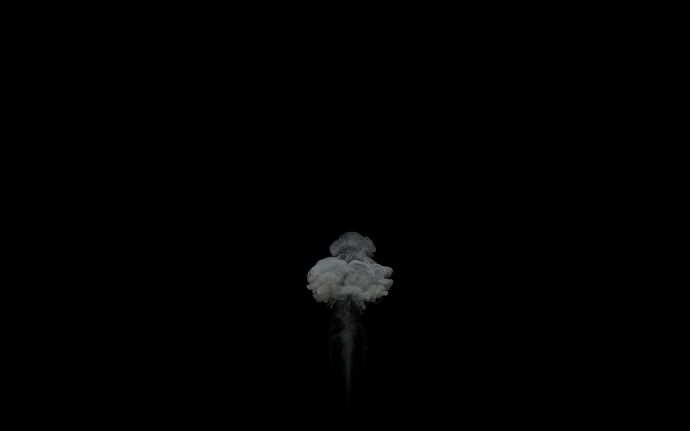I like most of you find conversion to vdb a pain, not least for the threading and cpu utilization…it seems very archaic. That is one reason I have favoured Arnold over Redshift. Though RS will render the bcf files there is a massive overhead on loading/converting them but vdbs do render order of magnitudes faster than bcf for redshift.
Arnold not only works with bcf seamlessly out of the box…it is faster to render bcf than vdb. Here are two test frames. the bcf rendered in 56 seconds and the vdb in 3 m 32. There is some very slight difference in lighting.
Arnold shades beautifully just using TFD with no volume shader and you can tweak away inside the TFD render settings. If you do add a volume material tag you also get the benefit of mixing and matching. You can set up volume shading inside the Arnold volume shader and still get access to all the graph functions inside TFD as Arnold is getting it’s data from the TFD container…NO NEED FOR PESKY CLUNKY TIME CONSUMING VDBs. However Arnold will render TFD on the GPU it is just a bit flaky at present and it does require VDBs. Note the bcf file is 203,367 kb and the vdb is 246,102 kb
Here is the scene bcfbdb.zip (103.6 KB)

